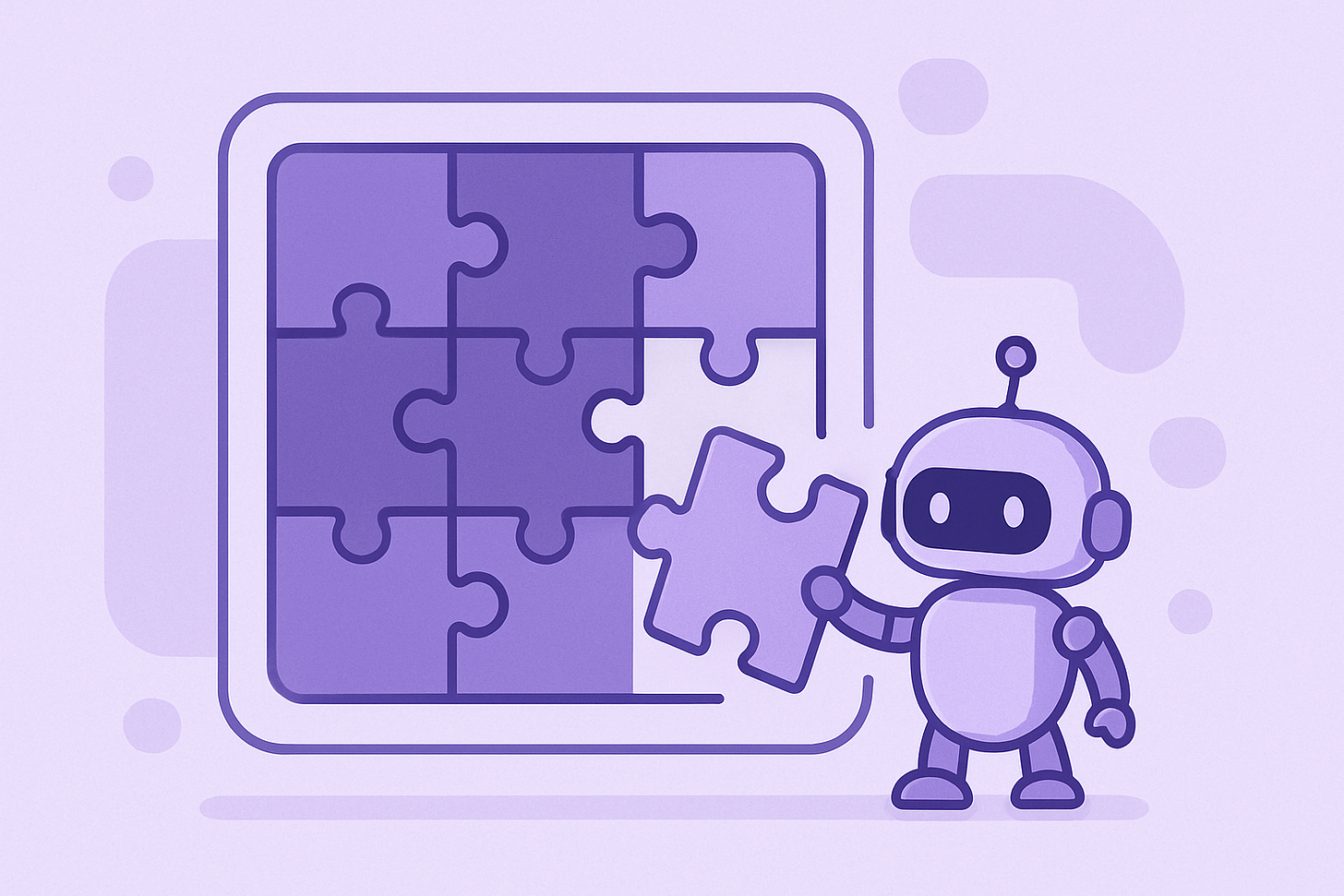Keep Your AI Systems Safe When Partners Change or Shut Down
This week, I want to talk about something that doesn’t get enough attention: how dependent your systems are on AI partners, and what happens when that dependency breaks.
At my last organization, we built a speech-to-text solution for our 5000 member+ call center that became the core platform for analytics and performance assessment.
We partnered with a provider whose core algorithm was fine-tuned on our data, while we developed our use cases on top.
One day, we were informed that the company was getting acquired and would end service in 30 days. During that month, they proposed to serve only 20% of our traffic.
The assessment showed replacement would take 6 months and a full rebuild.
And this isn’t rare. In AI, companies are frequently acquired or shutdown, partners change their pricing & services, or a better technology emerges. These create three categories of risk: ownership, commercial, and technology.
Recently, when Windsurf and ScaleAI were acquired by Google and Meta, clients faced the same.
Changing providers isn’t the problem. The real risk is an unswitchable system - a software so tightly coupled that replacement demands massive effort and sometimes a full rebuild.
Most tech leaders admit they’ve faced this more than once, yet their teams repeat the mistake. In AI, the cost of lock-in is even higher.
I use a principle called ‘Design for Exit’ whenever I design an AI solution with third party providers, even using OpenAI or Gemini or Claude’s APIs.
The key components of the framework are:
Start with 2 partners: Even if only one is live, architect as if second can be added without much rework.
Design data yourself: Data should always be designed and stored at your end. The data from partner’s solution should be reprocessed and then stored.
No hardwiring to backend: All integrations should be done using middleware so that backend remains independent.
Fallback: Design the system in such a way that if services don’t work, the core system remains operational. AI should assist the process but never be the process.
30-day replacement rule. Design every partner integration under the assumption that you could replace it within a month without crippling operations.
Think of it as building emergency exits into your architecture. You hope you’ll never need them, but you’ll be grateful they’re there when things break.
Design for Exit won’t stop partners from changing, but it will make sure those changes don’t take your systems down with them.
Know someone who’d value this? Forward it.
👥 Want to suggest an exec to feature? Hit reply or message me on LinkedIn.
You’re reading Model in Motion - where modern leaders make sense of AI, without the noise.


